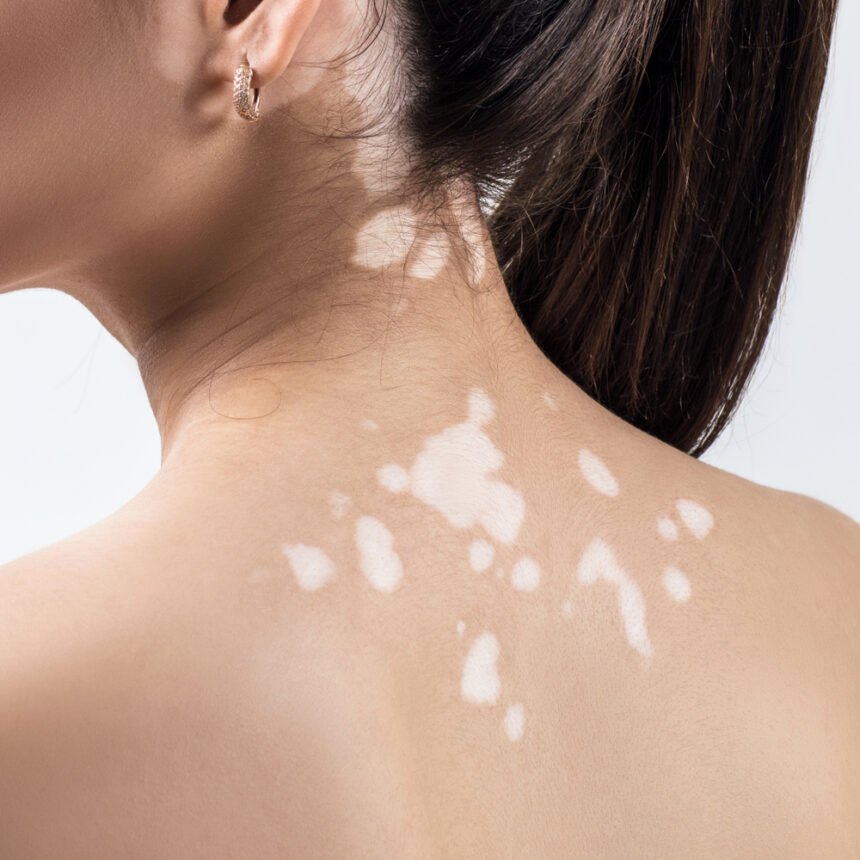According to statistics, between 0.5 and 2 percent of the global population has vitiligo. It is a disorder that affects pigmentation of the skin. Because the melanocytes, cells that make the skin’s pigment are destroyed, white blotchy patches appear on the skin.
There are many causes of vitiligo, some of which include vitamin and mineral deficiency. The treatment for the condition also includes changes to the diet, including more fruits and vegetables rich in healthy nutrients.
What is vitiligo?
As mentioned, vitiligo is a pigmentation disorder. The disorder affects the melanocytes, cells responsible for providing the color of your skin, hair, and eyes. They are destroyed, and as a result, white patches appear on the skin. When you look at your skin, it resembles random patterns and patchiness of severe sunburn when the skin peels.
Vitiligo can affect more visible areas like your face, neck, hands, knees, feet, and elbows. But it can also appear anywhere on the body.
There are three types of vitiligo. The first one is generalized, when patches progress symmetrically on both sides of the body. Segmental vitiligo is when white patches appear only on one side of the body, and usually appear in younger children. When patches appear in one or two areas of the body, progress, and then stop, the condition is determined as localized.
White patches are the common symptom, but there are others like:
– Premature whitening or graying on the scalp
– Whitening of a beard
– Loss of color in the retinas
– Loss of color in the mucous membranes
– White or gray eyelashes
Natural remedies for vitiligo
Whether you are using conventional treatment, or natural treatment, you need to understand that it takes time for it to work. And the response is different. Some individuals see improvement within weeks, while for others it takes up to several months.
With that in mind, natural remedies are always a better option because they carry no side effects. Here are some treatments you can try.
Needling
Skin needling is something of a new and experimental treatment. There have been studies that show promise in skin needling. The process includes a trained professional using a medical-grade roller fitted 200 needles on the skin. It is crucial that you find a trained and qualified professional, as there is risk of infection.
Folic acid and vitamin B12
Consuming a lot of vitamin B rich foods, especially B12 and folate acid, will help prevent depression, one of the common side effects of vitiligo. Folate will also prevent certain types of skin cancer. And one study has shown promises of repigmentation when combining sun exposure, folic acid, and vitamin B12.
Vitamin C
It is a known fact that vitamin C deficiency is more common in vitiligo patients. The vitamin is crucial in slowing cell damage and fighting off free radicals. Vitamin C also helps build the collagen necessary for healthy skin. Source it from fresh and organic fruits and vegetables.
Zinc
As mentioned previously, most of the causes for vitiligo are vitamins and minerals deficiency. A common condition found among vitilig patients is zinc deficiency. As such, supplementing with zinc will support healthy immune system, vital for treating the condition.
Beta carotene
Carotenoids are imperative for overall skin health. You can source beta-carotene from foods like kale, tomatoes, sweet potatoes, and carrots. They lower inflammation of the skin, and protect it from damage like melanoma.
Vitamin D
The problem with vitamin D is that patients with vitiligo are sensitive to sun. Therefore, they cannot get too much sun exposure. As such, they are at risk of vitiligo. It is crucial to source vitamin D from foods, in order to allow your body to function properly. Some of the best sources of vitamin D include cod liver oil, wild fish like sardines, tuna, ands salmon, raw milk, mushrooms, and eggs.
Tips for Vitiligo Patients
Here are some tips that will help you cope with vitiligo, as well as reduce the severity of the symptoms:
– Stay hydrated, as skin health is very much dependent on hydration levels. Drink plenty of fresh and clean water
– Avoid clothing with elastic or tight clothing that will restrict circulation
– Find a way to manage stress, as putting your body in stress will cause inflammation.

